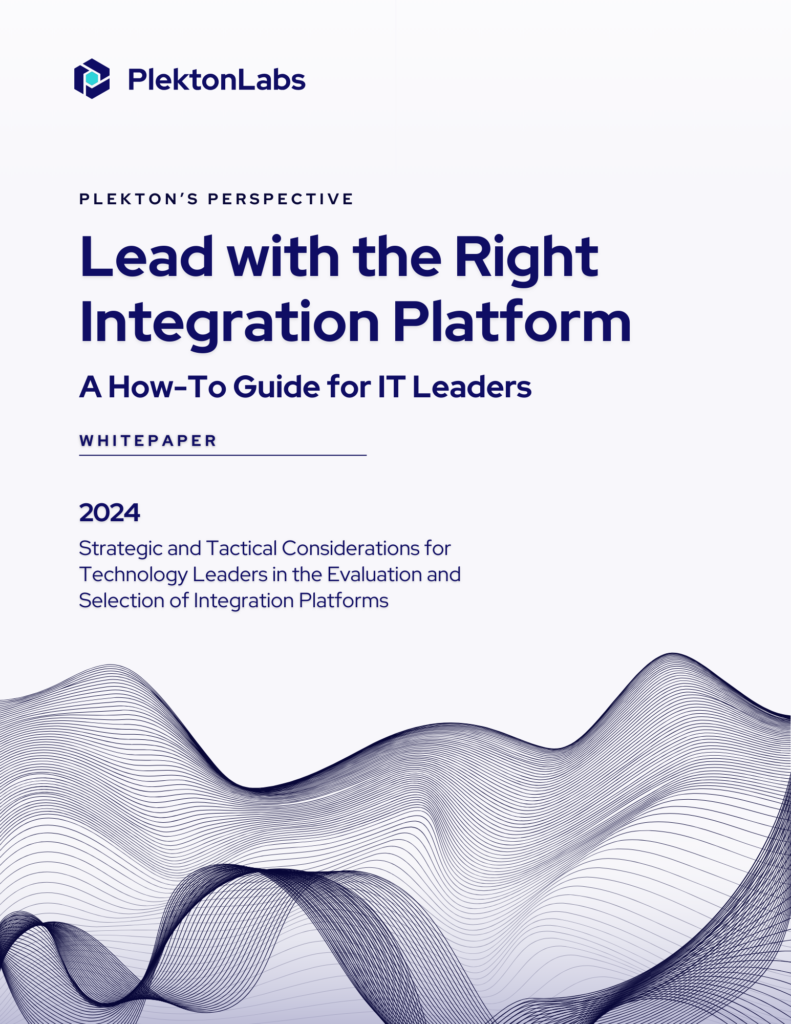By now, there’s a good chance that you already know what APIs (Application Programming Interface) are and why your business needs them. API integration has been transforming our technological landscape and shaping up the digital economy for quite some time now. We all know and love them for how great they are–all that stuff about cutting costs, increasing efficiency, accessibility, and convenience.
But there’s always a catch with good things and APIs are no different. There are a couple of key issues that every API-integrated network will face and can cause huge problems for your business if left unresolved. The good news is that they all have pretty simple solutions.
Here’s a quick peek at some of the challenges APIs might pose:
- Security and Vulnerability
Data security remains the biggest concern for API vendors. Digital transformation is unfortunately rife with risks. When your API network is large and multi-faceted, you are at greater risk of data breaches, outages, and loss of valuable information. This is important because APIs depend on a network or interconnected system. There are more opportunities for breaches and outages and a breach at any stage will affect your entire operation.
As a result, your integration efforts need to be secure and sophisticated. Your network needs to be secure enough to deter the efforts of hackers and users with ill intent. Moreover, your connection with each different system needs to be safe with enhanced security. It is also a good idea to have a backup plan on how to operate in case of breaching scenario.
- Speed and Volume
At the beginning of your API program, there will be a small number of services that are easy to coordinate and oversee. However, as time goes by, the volume of the APIs and services they provide will increase drastically. This can be harder to handle and might slow things down. However, integration doesn’t have to mean sacrificing speed or user experience.
Divide up the various tasks of managing your system to skilled and experienced software specialists and engineers. You should also use automated processes to keep things running smoothly and prevent delays as much as possible. Also, keep upgrading your system integration so you’re always up to date on the latest maintenance and operations goes off without a hitch.
- Variety/Complexity
As the volume
of your API-integrated system increases, things can get pretty complex.
The variety of different API styles and formats can seem overwhelming for
vendors, employees, and customers. Because of this, it is a good idea to keep
the overall format of your first couple of APIs somewhat similar. This will
make sure all the different components are on the same page and your overall
design is consistent and functional. Over time you can slowly change things up
based on updated technology or vendor/consumer preferences.
It is also important to stay on top of the latest trends in API integration. Use skilled professionals and invest in the best and most elaborate integration of your system. It will save you a load of trouble in the long run.
- Visibility
Let’s face it: the online world is full of traffic and clutter, and things aren’t always noticeable. So, you always need to keep a lookout for the newest developments within and beyond your networking system. Keep track of how long your API services take to implement and how well they are known.
You also need to keep track of what services are available at the moment and how you need to connect to them when necessary. Finally, it is important to analyze the performance and success of each API in use to decide when APIs need to be updated. This will also tell you when and which APIs need to be retired.
- Maintenance and Continuity
You can’t just set up a bunch of API integrated networks and forget all about them. Creating a connection between different systems isn’t all there is to APIs. These connections need a consistent schedule of maintenance and upgrading to keep your operation running properly. For that, you will need at least one IT staff member or developer to keep an eye on things at all times.
If not, small and simple issues can be blown out of proportion. Moreover, changing or updating an aspect of your system will throw everything else off balance. Also, you can get customers who want customized improvements, modifications, or specific changes. Constant maintenance is the only way to keep all parties involved satisfied.
Creating a good integration system is time-consuming and expensive. Maintaining it is the best way to make sure you are getting your money’s worth.
Wrapping Up
Managing APIs can seem tedious and perplexing, but in the end, it’s all about keeping an eye on the different areas of your integration system. If you can do so (or get someone else to do it for you) you can nip any issues in the bud by identifying them before they get too big. This also gives you a heads up to address challenges–before your clients or customers get a whiff of them!





